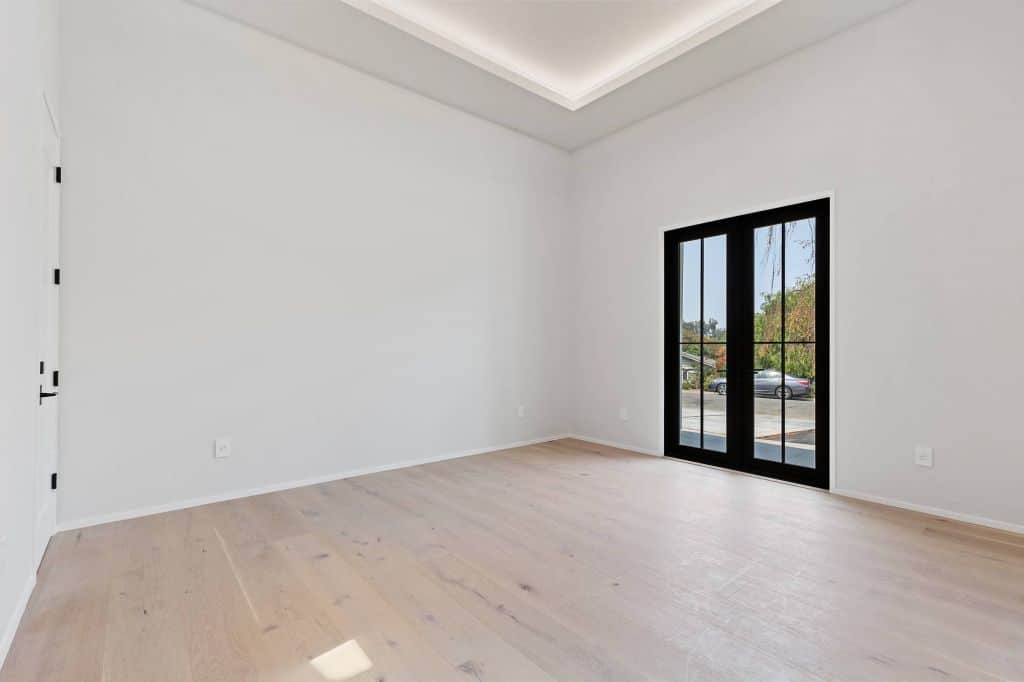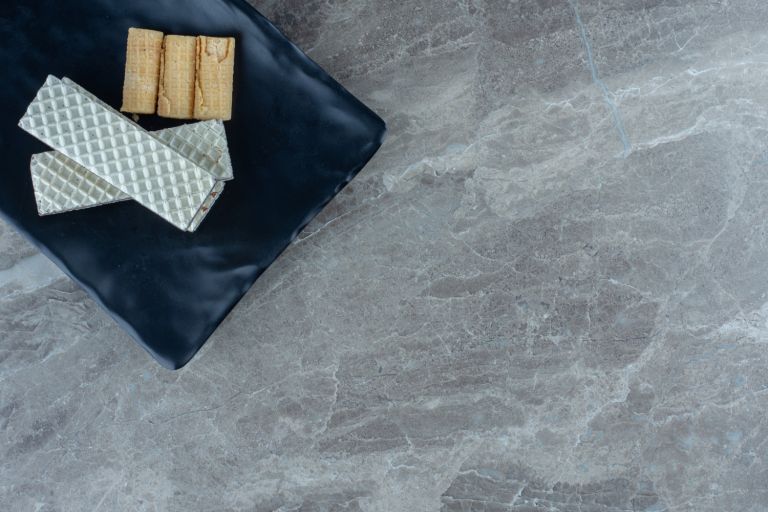Planning to give your home an up-to-the-minute and fashionable look?
Not sure whether to choose hardwood or go with laminate flooring for your home renovation?
Both engineered hardwood and laminate are the two most contemporary choices available for home remodeling projects these days. Though both materials serve a basic purpose – enhancing the appearance and functionality of the space; few key differences can make them stand apart from each other.
Ready To Explore The Right Material Choice For Your Floor Remodeling Project? Scroll Down Below To Find Out More!
Engineered Hardwood and Laminate Wood Flooring are the best flooring choices available for wood lovers, planning to upgrade their interior. Both are sophisticated, versatile, hard-wearing, inexpensive, resilient, and most popular hardwood floor alternatives for modern homeowners and interior designers. They are the two best choices if you are looking for natural hardwood appearance for your interior.
But because they share few similarities in terms of compositions and looks; most of the time consumers get confused and use these terms interchangeably. In this blog, we will be clarifying the key differences between Engineered Hardwood and Laminate Floor so that you can make practical decisions while planning your home renovation.
Engineered Hardwood Flooring
Engineered hardwood flooring is a great option to add everlasting pizzazz to both your residential and commercial space. Being a sustainable flooring option; it has been widely accepted and acclaimed by homeowners, interior designers, and remodelers globally. Designed in a dual-layered pattern, made of solid wood and an ultra-durable plywood core; it represents the perfect combination of composite wood’s durability and solid hardwood’s luxury.
Manufactured with high-quality materials including an impenetrable veneer and a sturdy core, engineered wood floors act, operate, and feel almost the same way as solid wood flooring options. As the top layer of the product is made out of real wood, you can easily find a wide range of options in terms of colors, designs, species, and finishes for engineered wood flooring.
However, the main individualities that define the ultimate appearance of engineered wood are the wood species, the quality of the grains, the surface finishing, and the dimension of the plank. You can opt for popular wooden species for engineered flooring including ash, maple, Merbau, and walnut. Depending on the construction, engineered wood flooring can be available in different types.
Pros
- Engineered wood provides additional stability to your floor design.
- It defends against moisture problems, dampness, and humidity.
- It is not as costly as traditional hardwood flooring materials.
- It is more environmentally-friendly than customary solid hardwood floors.
- Engineered wood looks amazingly stylish and ensures a timeless appearance.
- It is more resistant to climatic changes and fluctuating temperatures.
Cons
- Engineered wood needs little higher maintenance for lasting longer.
- Too much exposure to UV rays can cause the color of engineer wood floors to fade away.
- It needs refurbishing and sanding from time to time to maintain its original charm.
- They are susceptible to scratches & indents.
- Engineered wood with low-quality core construction is highly prone to bending and damages.
- If more adhesives and sealers are used, engineered wooden floors can start releasing chemical gasses over time.
Laminate Wooden Flooring
Laminate flooring is manufactured the same way as hardwood. Made up by strongly condensing many layers altogether, i.e. first- backer coating, core sheet, décor sheet, and the wear coating; Laminate wood ensures optimal permanence and durability to any floor. For high-traffic areas of your home including the living room and kids’ playroom; laminate is the best flooring material choice.
Suitable for both residential and commercial spaces; it lends a graceful sense of permanence and lavishness to the interiors. They are specifically pulverized to ensure optimal uniformity and stability to any floor plans and designs. With a top coating of aluminum oxide, laminate effectively resists all types of dents, scratches, fading, and stains and ensures better longevity to the floor.
They are easy to clean and can last longer with little maintenance. Plus, laminate flooring also comes with a high level of water resistance and stain-resistive qualities. It is also made from a non-porous material. Thus, if you have someone in your family who is allergic to dust or is suffering from asthma, laminate flooring is a great choice for them.
Pros
- It’s an easy-to-install, eye-catching, and most durable alternative to solid hardwood.
- Laminate offers a similar look and appearance to hardwood without any higher costs.
- Many styles are available for laminated floors including color designs, and patterns.
- It’s completely stain-resistance and stress-free to clean.
- It is DIY-friendly and easy to install.
- Laminate flooring is resistant to smudges, dirt, mud, bacteria, and also resists UV fading.
Cons
- Sometimes, laminate acts as more susceptible to dampness and moisture damages.
- For many, it creates a Fake appearance of solid wood flooring.
- Laminate lends a tough and earsplitting underfoot feeling in high foot-traffic areas.
- Few non-branded laminates come with a chemical presence and do not act as fully eco-friendly.
- Laminate flooring can’t be renovated and refinished once installed.
- It doesn’t add higher real estate value compared to real hardwood and stone tile flooring.
So, which is the best – engineered hardwood flooring or laminate wood flooring?
Well, there are undoubtedly many pros and cons associated with both options. But on the bigger picture, both serve greatly to your floor and interior designs and you can easily achieve a stylish and timeless look for a cheaper price. However, compared to engineered wood, laminate is way easier to maintain.
Engineered woods are easy to clean, but as they come more holes and grains, it tends to collect more dirt and pollutants. On the other hand, laminate is charming and easy to clean. Installation of laminate is more DIY-friendly than engineered wooden floors and sturdier and more scratch-resistant as well.
In terms of resale values, engineered wood flooring can double the resale value of your home while a high-quality laminate floor can moderately affect the of property’s rising value. The sure bet here, however, is engineered wood flooring, if you want to achieve a great floor look without investing much.






